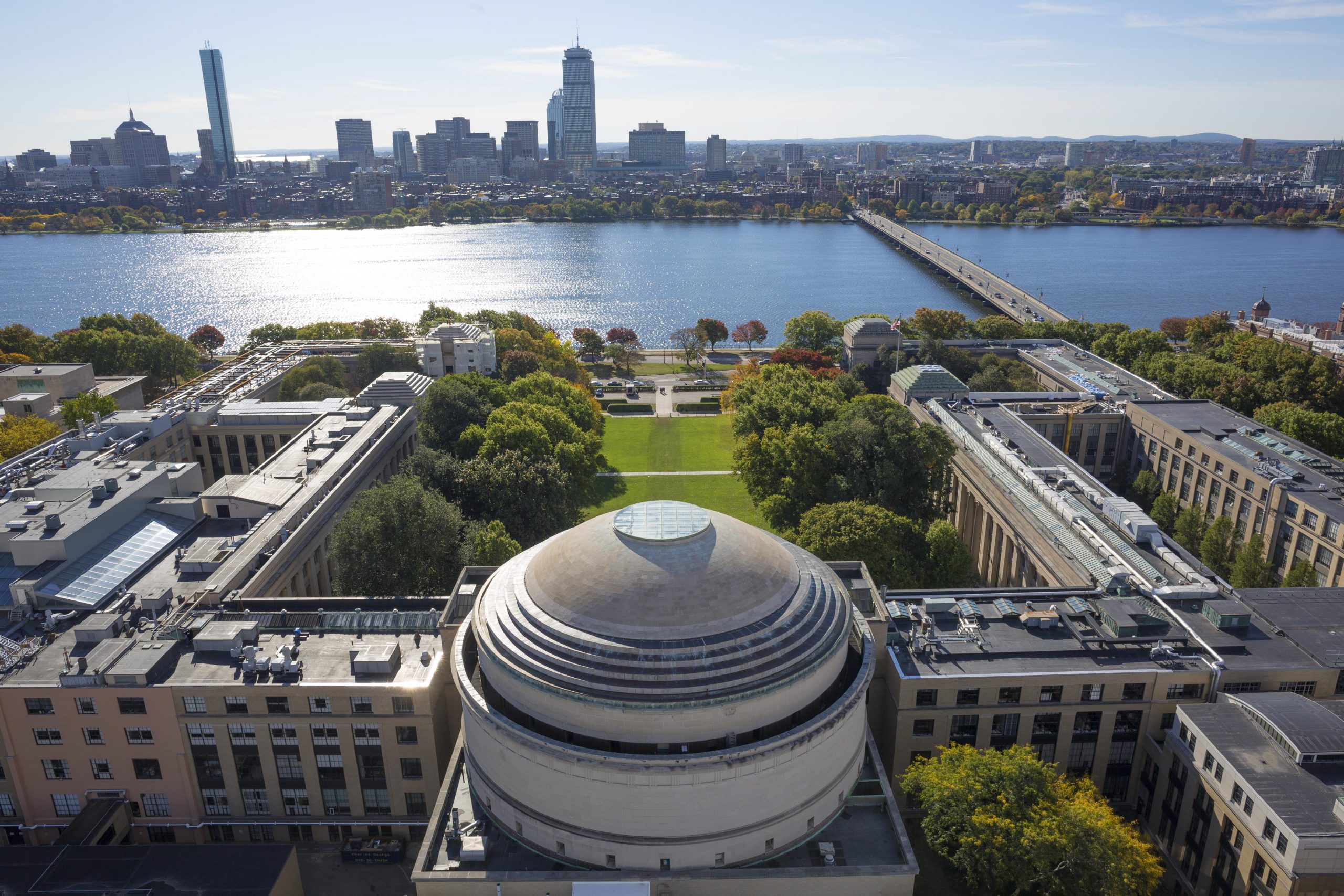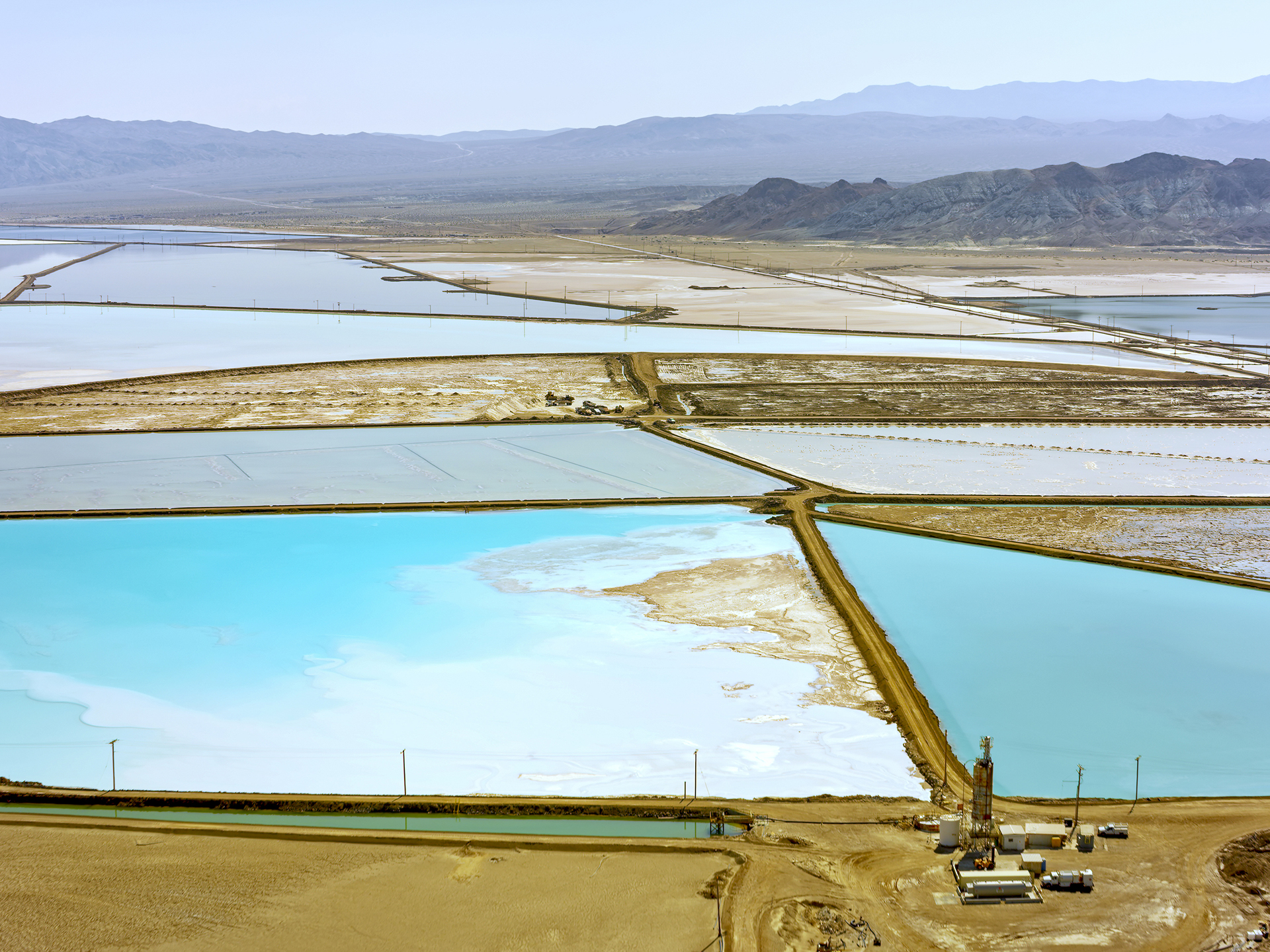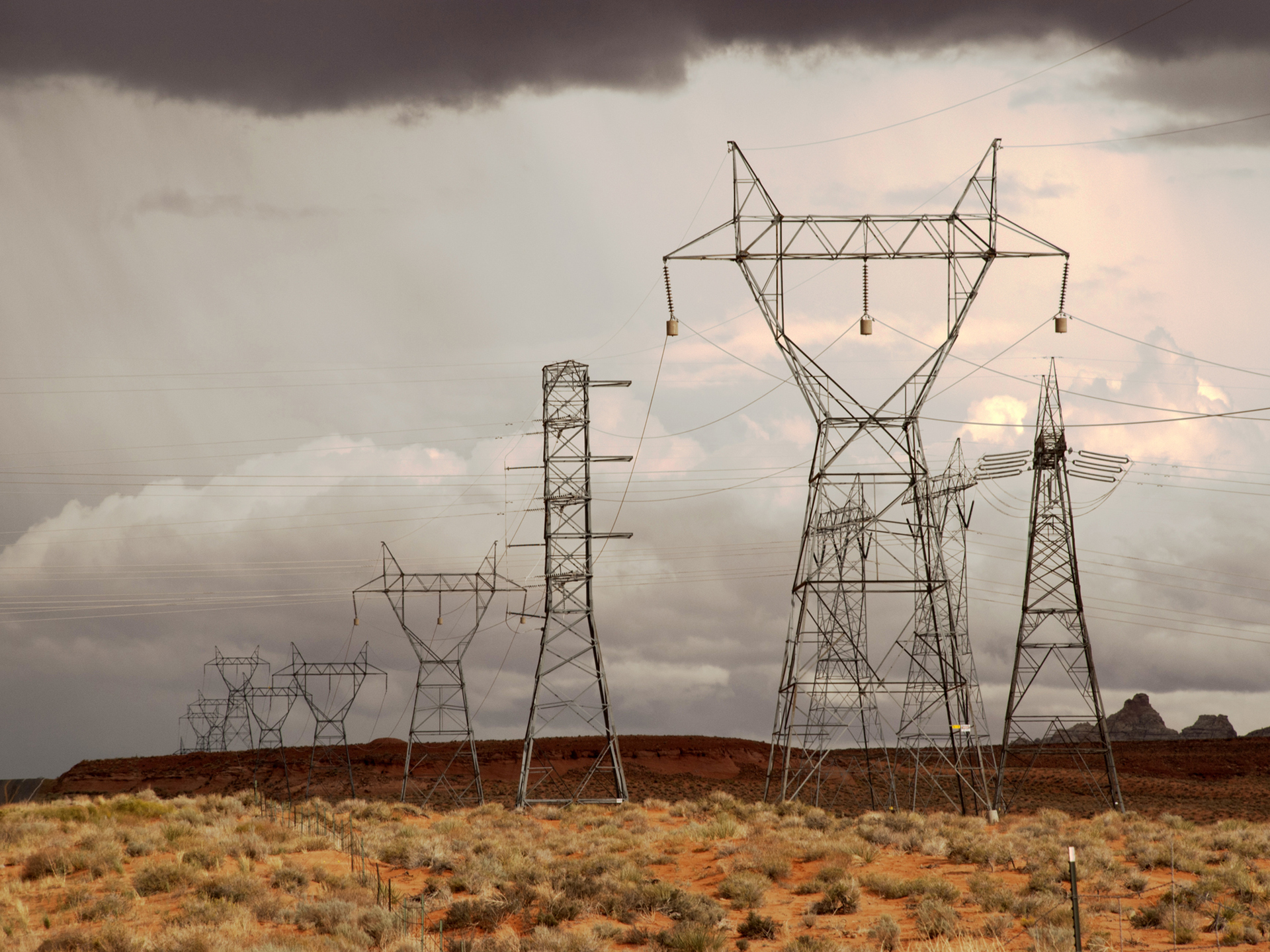
Earth Day Colloquium on April 22: Energizing the global transition
Last year shattered global heat records. The world witnessed the effects of rising temperatures in the form of devastating wildfires, severe flooding, extreme heatwaves, and more. Poor countries and communities who have contributed the least to causing the climate crisis are bearing the brunt of its accelerating impacts. But, it’s not too late to correct course, and progress on decarbonizing energy is paramount to securing a 1.5C future. Join Ani Dasgupta, the president and CEO of World Resources Institute, for a discussion on how the just energy transition in key countries can lead to a global tipping point for a more resilient, equitable world. Register here.
Learn More
MIT Sloan to Launch New Climate Policy Center with $25 Million Investment
The MIT Sloan School of Management is launching a new center aimed at providing evidence-based climate policy research to help inform and support local, state, national, and international policymakers. Christopher Knittel, the George P. Schultz Professor of Energy Economics, will serve as the center’s faculty director. “We are proud to introduce the MIT Climate Policy Center, because we know climate change is an urgent problem we can address if we focus our resources and expertise on it in a systematic way,” said Knittel. In addition to serving as faculty director of the new center, Knittel will be named associate dean at MIT Sloan, effective July 1.
Learn More
Clean Investment Monitor: Q4 2023 Update
This report summarizes key trends from the Q4 2023 update to the Clean Investment Monitor database, tracking public and private investment in clean technologies in the US. The researchers also release the first results of their detailed bottom-up model of actual federal government investment in clean energy and transportation. They estimate a total of $34 billion in federal investment and $220 billion total investment went to clean energy and transportation projects nationwide in fiscal year 2023. They share a breakdown of that investment by category and state.
Learn More
Clean Investment
Monitor
The Clean Investment Monitor (CIM) is a joint project of the MIT Center for Energy and Environmental Policy Research (CEEPR) and the Rhodium Group. The CIM tracks public and private investments in climate technologies in the United States. Through this data and analysis, the CIM provides insights into investment trends, the effects of federal and state policies, and on-the-ground progress in the U.S. towards net-zero greenhouse gas emissions.
The CIM covers dozens of different technologies and their input components across all sectors of the economy, including for clean electricity and transportation, building electrification, low-emission industrial production, and carbon management.
Learn More
Driving Towards
Seamless Public
EV Charging
Widespread electric vehicle (EV) adoption is critical to confronting climate change – but a lack of sufficient public charging infrastructure is holding many potential EV drivers back. A team of researchers from Harvard and the MIT Center for Energy and Environmental Policy Research will work to accelerate progress on public EV charging as a gating requirement to achieving widespread EV adoption. The team will contribute by working directly with stakeholders and stakeholder groups to identify barriers to seamless public EV charging, build consensus for solutions, and advance those solutions.
Learn More
The Roosevelt
Project
Transitioning the United States economy toward deep decarbonization will have unequally distributed effects, positive and negative, across socio-economic groups, geographies and economic sectors. The concerns of workers and communities adversely affected by the transition must inform the discussion around decarbonization, associated policy changes and institutional development. The goal of the Roosevelt Project is to provide an analytical basis for charting a path to a low carbon economy in a way that promotes high quality job growth, minimizes worker and community dislocation, and harnesses the benefits of energy technologies for regional economic development.
Learn More






